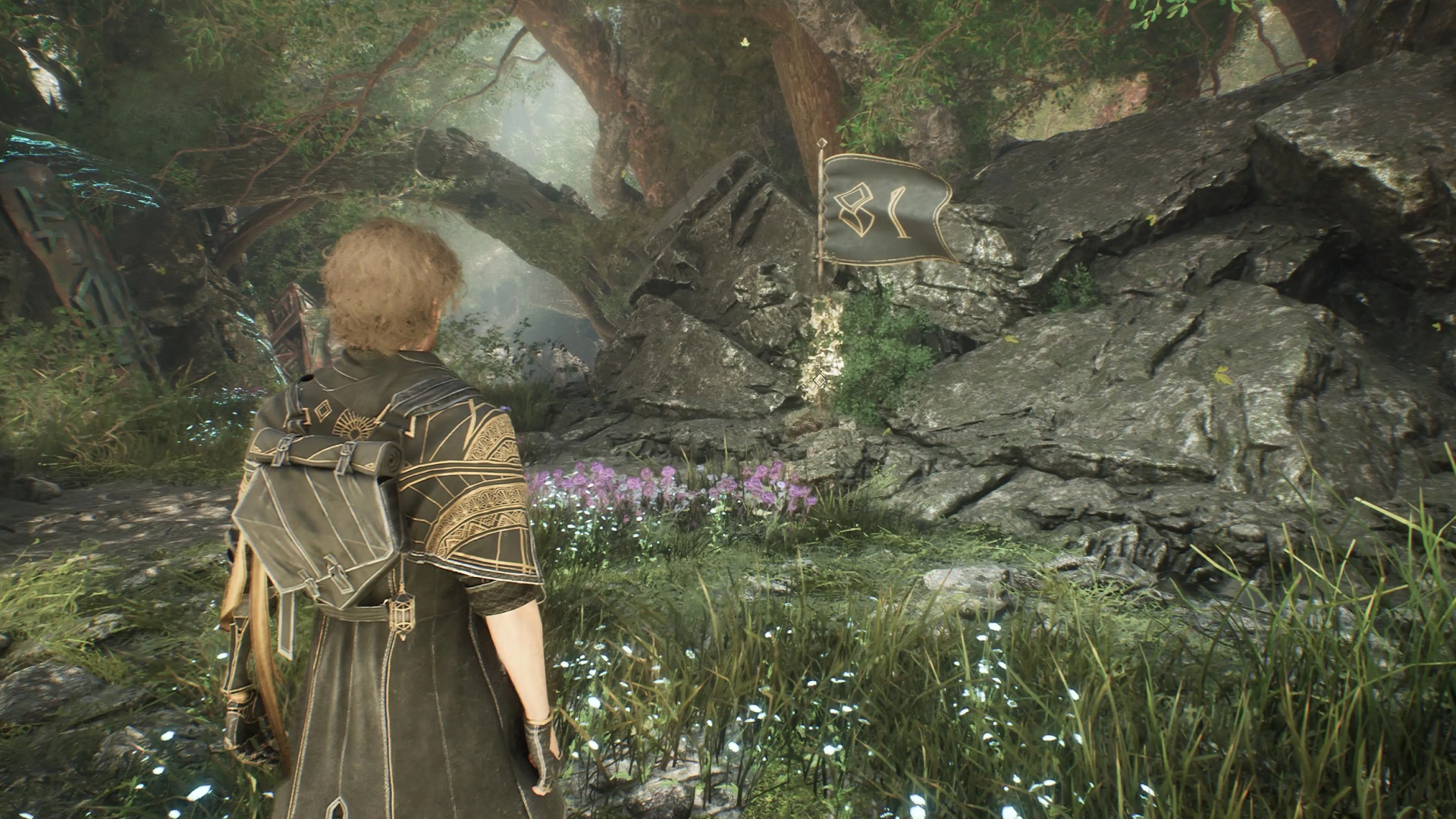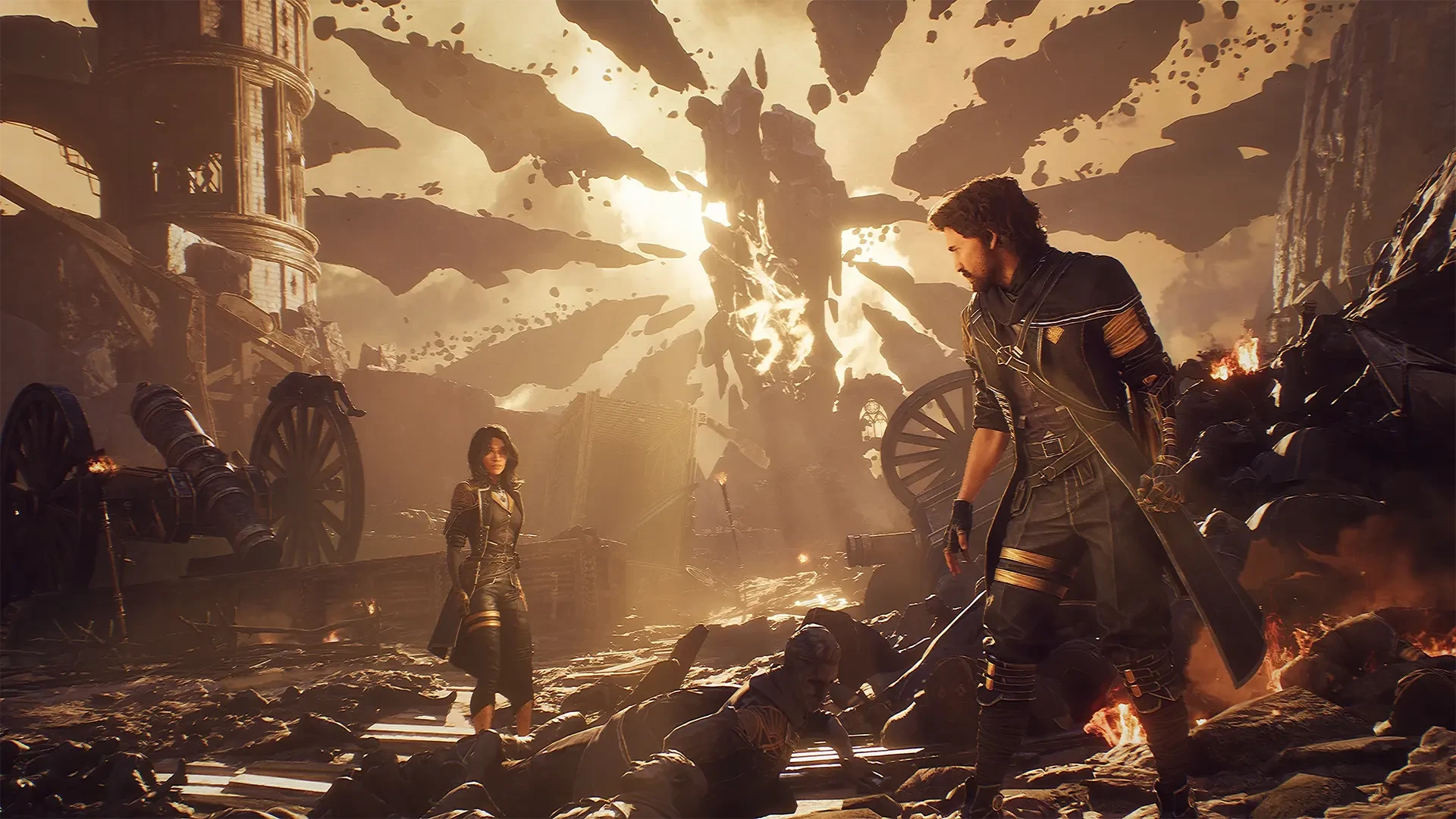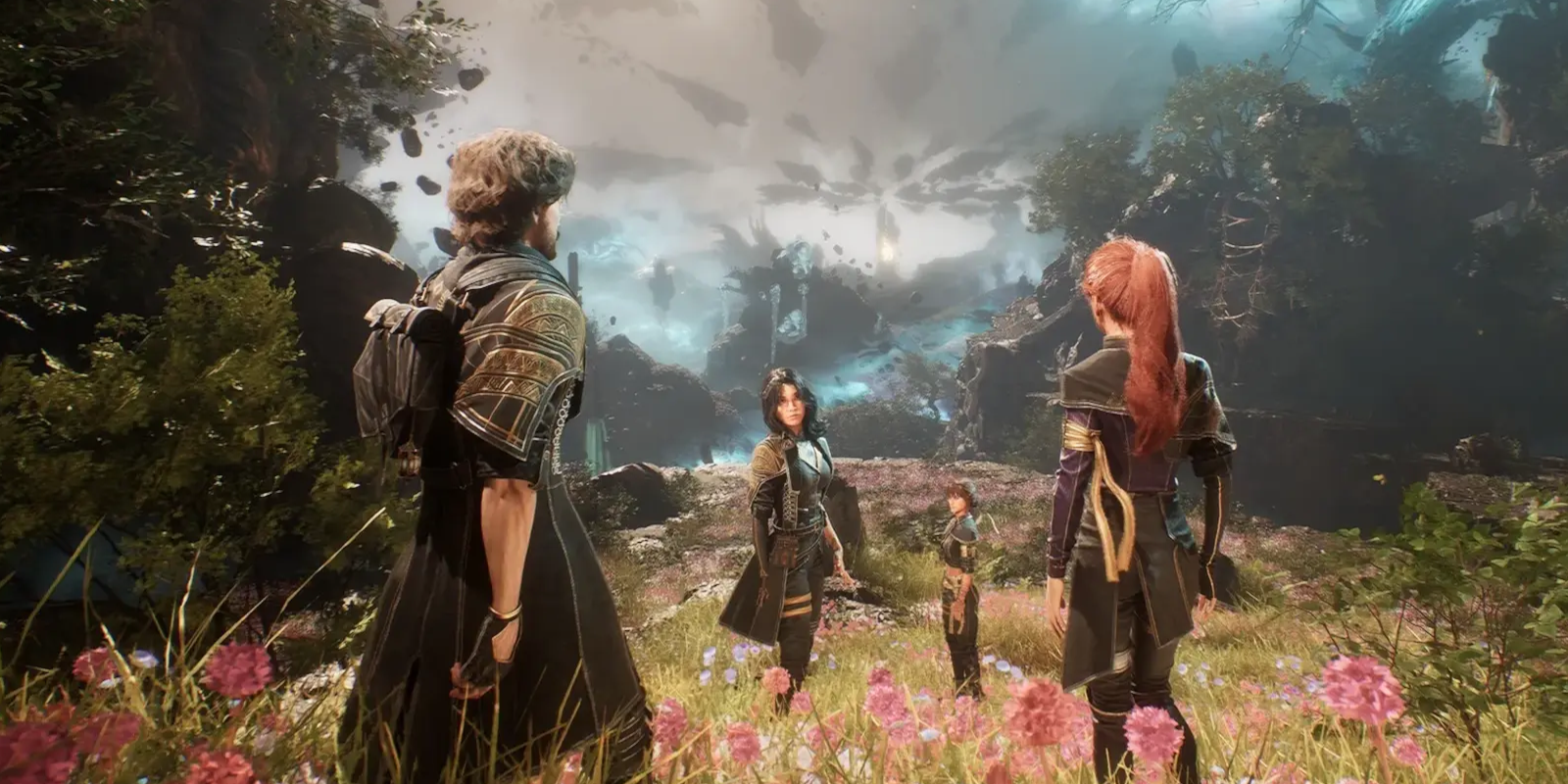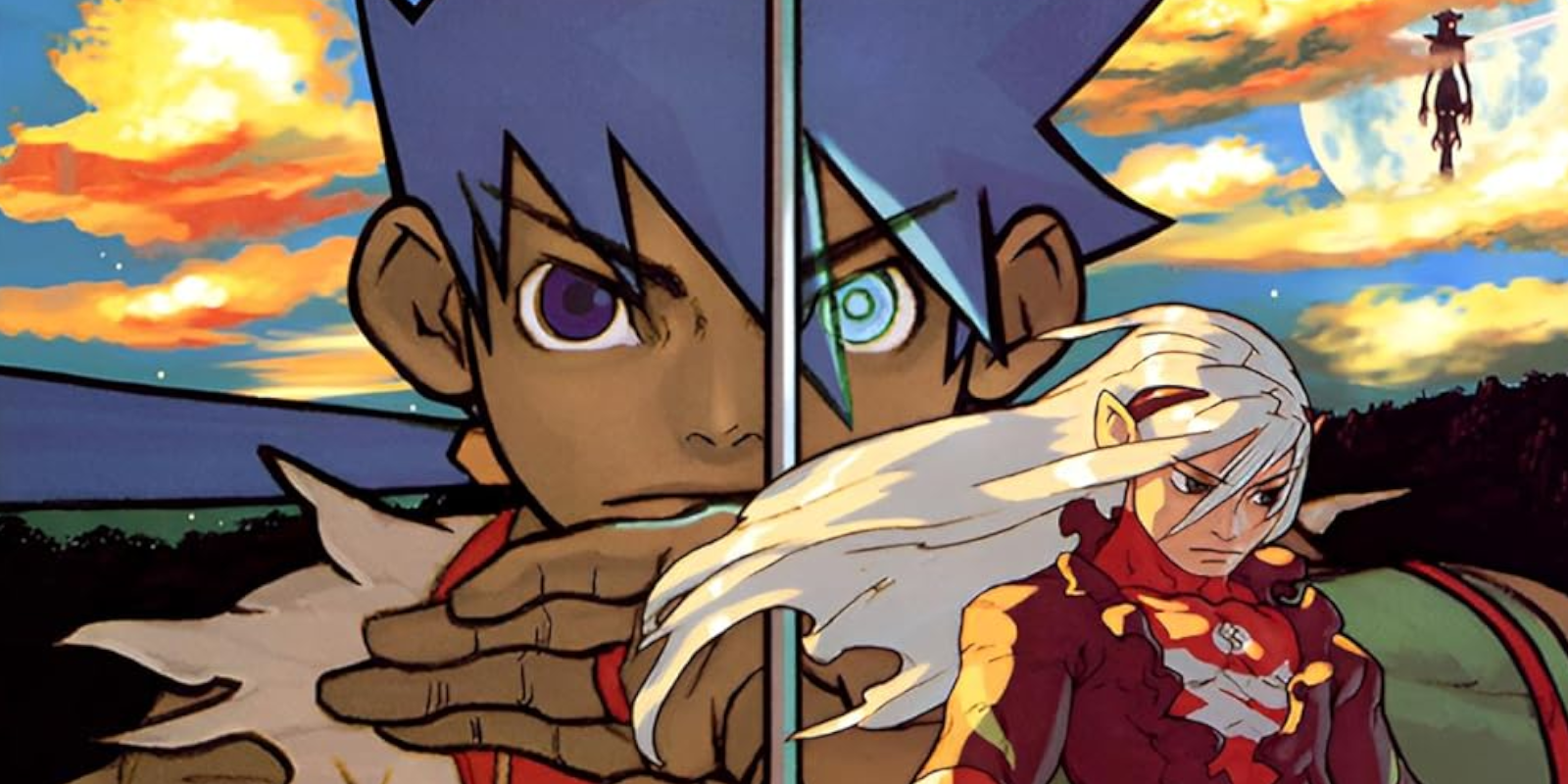I’ve been playing a ton of “Clair Obscur: Expedition 33” on the streams, and the game really has its hooks in me. The combat is engaging, the difficulty has been mostly just right, and the story is absolutely going to make me a bawling mess when it ends.
That story is what’s interesting, though, and I just had to write about this to get it out of my system. “Clair Obscur: Expedition 33” does something brilliant that few other RPGs do: it explains all of its video game nonsense. It’s a little detail that you may not have thought too much about, but it’s a prime example of someone making a really damn good video game by putting a little bit of thought into it.
Note: The following contains mild spoilers for “Clair Obscur: Expedition 33”, available now (however, no major story spoilers are discussed).
For Those Who Come After
If you’ve not played it yet, “Clair Obscur: Expedition 33” is a French RPG that draws a lot of inspiration from pretty much every RPG franchise. That means a lot of running around in self-contained zones and an overworld map, as well as a lot of talking to NPCs and plenty of challenging combat encounters.
Without getting into spoiler territory, “Clair Obscur” begins in the French fantasy village of Lumiere. Every year, a being known as The Paintress appears and paints a number in the sky that is one removed from last year’s. This results in what is grimly referred to as the Gommage (French for erase or exfoliate), where any individual older than that age dies. You control members of the titular Expedition 33, a band of adventurers no older than 32, as they leave Lumiere on the annual Expedition following the latest Gommage, eyes set on finally ending the horror that is making its population younger and younger.
Though the Expedition’s stated goal is to find and kill The Paintress so as to stop future Gommages, the game reinforces early on that this is closer to a secondary objective. Only one other Expedition made it to the Paintress; others have died in the untamed and undocumented wilds. The goal is ultimately to document your findings and lay the path for the next Expedition so that no matter what happens, they’ll have an easier time. Thus, the game’s unofficial motto, as repeated by Gustave early in the game: “For those who come after.”
Expedition into Madness

The Expeditions are honestly adorable. They started roughly 67 years before the game’s opening, and appear to have gone out without fail annually. Obviously, you do not find the remaining Expeditioners; they’ve long since died or Gommaged, but because the Gommage works differently outside of Lumiere for unknown reasons, you often find their remains. However, you do find the path they left behind for you in the form of Expedition Flags (which serve as the game’s equivalent to “Dark Souls'” bonfires), journals, and other little world-building elements, like handholds on cliff sides and ropes that connect you to other areas.
It’s a real treat to find an Expedition. Seeing the Flags is already a relief because it means a checkpoint to recover health, but it’s also wild to see the number on the Flag and think to yourself, “Wow, how did they make it all the way out here?” The journals are also exciting in how they contribute to the worldbuilding. Most of them are pretty predictable; one Expedition tried to use Nevron skins as camouflage, only to discover too late that it didn’t fool them. Another tried to use music as a weapon, but realized as they got deeper into the dungeon that it wasn’t effective on one enemy. A third tried to traverse the land in a giant, modified Ferris wheel — you find the remains of the Ferris wheel floating in the world.
You’ll also find journals that expand your perception of the Expeditioners as tragic beings. One, in particular, was written by one of the last two surviving members of their crew. With five months left before their own Gommage, they abandoned the mission. She admits it seemed cowardly, but they carved out a small life for themselves with their remaining time. It’s a rare moment of peace and beauty in an otherwise very grim world.
And then there are the ones who laid the path for you. The mountaineer Expeditioners, in particular, keep coming up. They just love climbing rocks. And as they did, they left climbing equipment in the form of interactable handholds, which is the real reason I wanted to talk about this today.
The Handholds Tell the Story

Not only do the previous Expeditions serve an important narrative purpose in “Clair Obscur”, but they also explain all the video game bullshit that you take for granted in every other video game.
No, seriously, think about it. Other games don’t even try. Why is there a magic item in the middle of this open field on an island no person has ever been to? How do characters who have proven to have nowhere near your skill level beat you into the final room of a dungeon you spent hours crawling through? Who sprayed this yellow paint all over the apocalypse to tell you where the path forward is? You’re supposed to just not question it, but “Clair Obscur” made it both a character study and a plot device. After all, you’re not just here to stop The Paintress; you’re out here to make it easier for the next person to do so in case you fail.
So who left he handholds in the mountain? Well, realistically, the devs did that. They need you to traverse the world, and they thought that was the most interesting way to do it. But in-universe, the Expeditioners did it. The mountaineering Expeditioners loved climbing, but they knew that those coming after them may not be able to. So, while they climbed about and explored the world, they also installed handholds for future Expeditions who may not have their skills.
That Expeditioner who found music couldn’t stop one enemy type? You find his journal right outside a boss room. The only reason you made it to the boss is that his team was adept with explosives. They came through and blew holes in the wall throughout the area, giving you a traversible path to not only face the boss, but also defeat a few sub-bosses to make the fight more manageable.
You don’t just see the path the prevous Expeditions took; they’ve intentionally made the path easier for you to traverse, giving you clear direction and demonstrating that yes, other people really were here. It’s one of my favorite types of video game storytelling, where the game uses its mechanics to tell a story. It’s the kind of storytelling games like “Fallout: New Vegas” were renowned for, where you could gleam an entire story from two skeletons in a room and the various pre-war items that surrounded them. I’ve praised “Persona 3 Reload” extensively for how it did this kind of storytelling with its Theurgy system, where you were able to use powerful abilities more often if you fought in a way that reflected that character’s personality. You just don’t get this kind of enviornmental storytelling as often as you used to, but “Clair Obscur” takes it to the next level, using its thesis of making the world better for the next people as a simple yet genius explanation for its internal logic and gameplay mechanics.
It’s honestly wild how many of these little touches there are in “Clair Obscur”, and I will almost certainly be writing more about them in the future once I’ve finished it and running spoilers is less of a concern. The game has been receiving countless accolades, and rightfully so, as it demonstrates a keen awareness of the RPG genre, serving as a love letter to classic “Final Fantasy” and other turn-based RPGs. But in its world-building, its narrative, and in the small aspects of that narrative that permeate it, “Clair Obscur: Expedition 33” might actually be the rare game to earn the accolade of the most immersive game of its generation.
Discover more from Homeworld
Subscribe to get the latest posts sent to your email.





